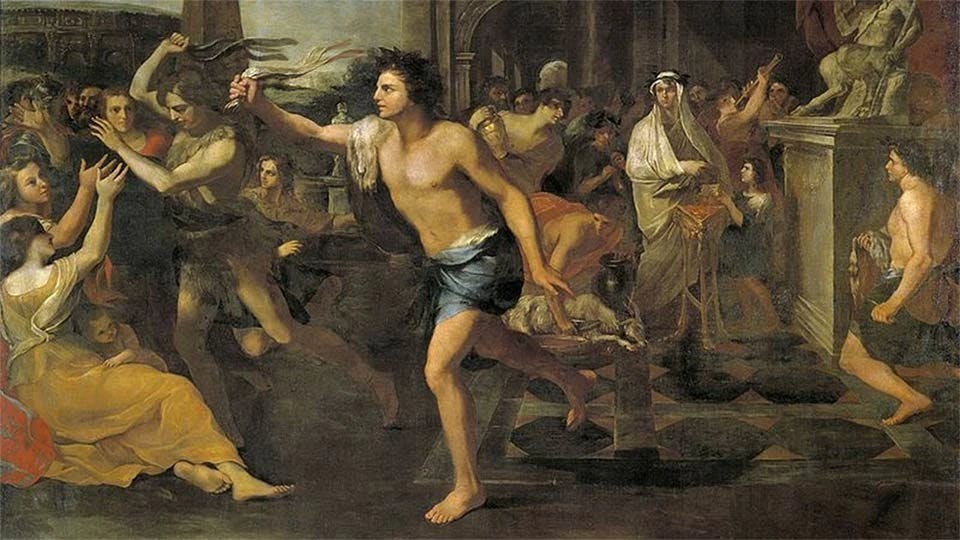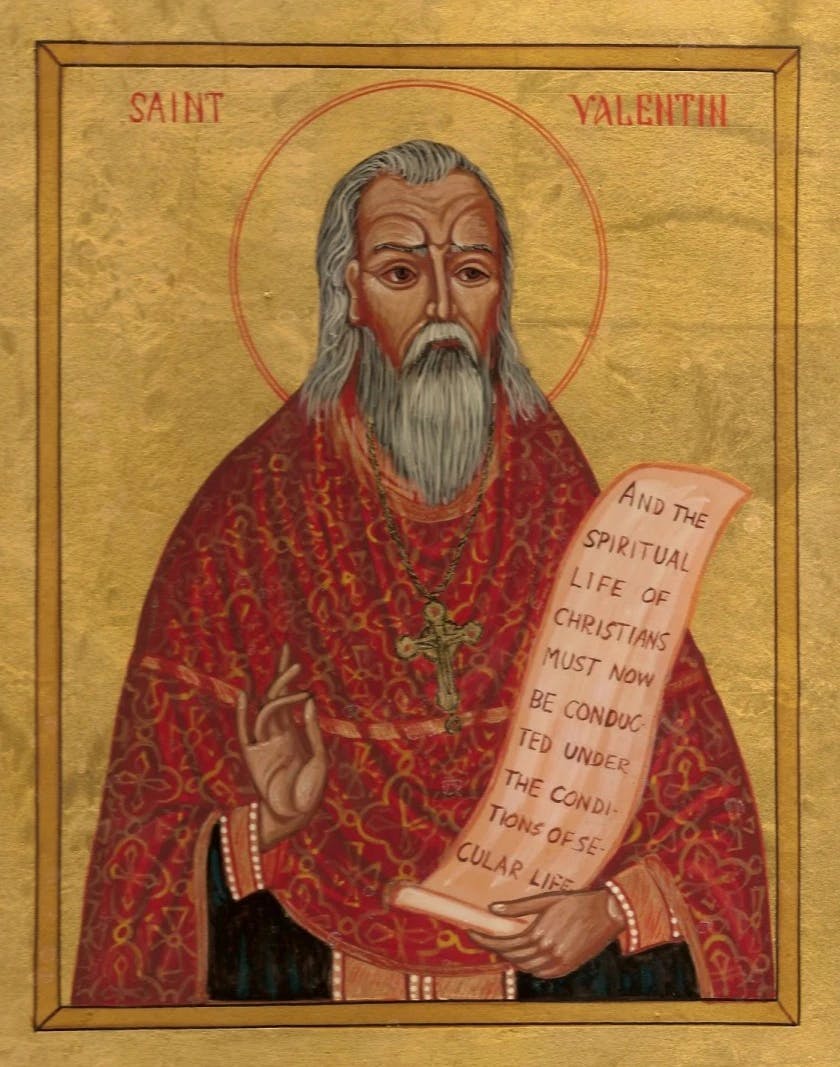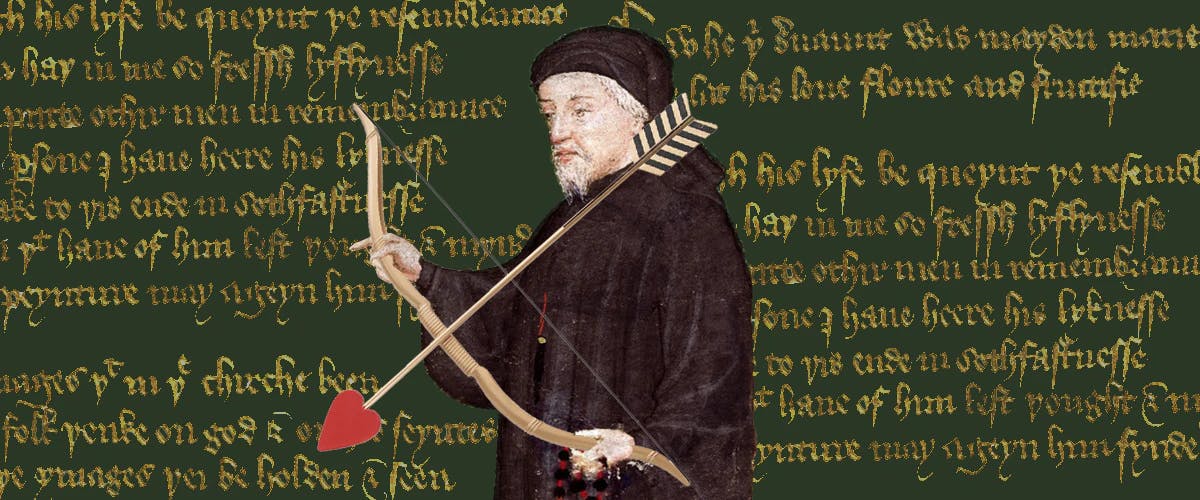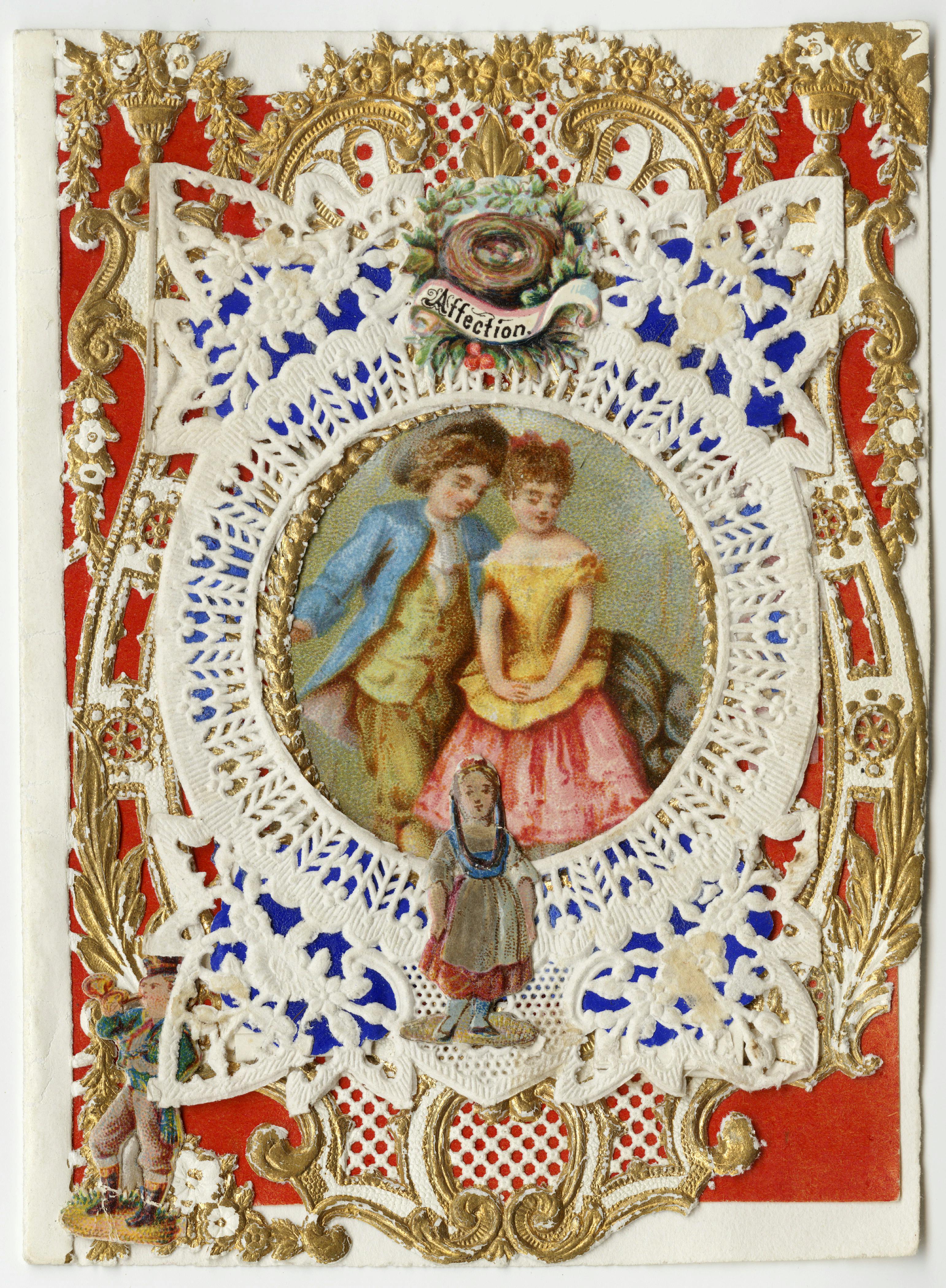The Wildly Interesting History Of Valentine’s Day
The mention of Valentine’s Day either summons pleasant childhood memories of handcrafted cards dropped into paper bags, giddy hopes for courtship and bouquets, or feelings of extreme dread for yet another date-less February 14.

Whatever the holiday has become for you, its history is extremely intriguing, having roots in various cultures and religions. Needless to say, it didn’t start out being celebrated with the exchange of cards and heart-shaped candy.
Christian or Pagan Beginnings?
In Ancient Rome, pagans celebrated the fertility festival Lupercalia at the ides of February. Goats and dogs would be sacrificed at the cave where Romulus and Remus — the legendary founders of Rome — were allegedly cared for by a lupa (she-wolf). The hides of these animals would then be cut into strips, dipped in the sacrificial blood, and used to slap women as a “blessing” for fertility in the coming year. The celebration would conclude with a drawing of women’s names by eligible bachelors in an odd ceremony of compulsory matchmaking.

This bloody festival, devoid of even a hint of true romance, was deemed un-Christian and, therefore, outlawed by Pope Gelasius at the end of the 5th century. The Catholic pope replaced Lupercalia with St. Valentine’s Day — a liturgical feast day celebrating the 3rd century Roman saint and martyr, Valentine of Rome.
Who Really Is Saint Valentine?
The life of Saint Valentine remains shrouded in mystery, but legend maintains that the priest lived during the reign of Emperor Claudius II, who, like many Roman emperors, persecuted Christians. Valentine was imprisoned for aiding his people and secretly marrying Christian couples — acts that were deemed serious crimes. The emperor eventually had the courageous priest executed. Some historians assert that the saint was imprisoned for refusing to sacrifice to pagan gods and, while in jail, cured the jailer’s daughter of blindness. Before being beheaded, he left the daughter a note signed, “Your Valentine.”

While the exact details of his life may never be known, we do know that he existed (thanks to architects who discovered a catacomb and church dedicated to him), that he stood firm in his faith despite persecution, that he lived his life to further the cause of love in its truest and purest form, and that he was martyred for this very reason.
A Day for Romance
During the Middle Ages, the British and French believed that the birds’ mating season commenced in the middle of February. Thus, this time of year became associated with romance and pairing up.
In 1375, British poet Geoffrey Chaucer wrote the poem “Parliament of Foules,” in which he refers to February 14. “For this was on Seynt Valentyne’s day / Whan every foul cometh ther to choose his mate,” he wrote, referring to the annual mating of birds (and humans). By this linking of Saint Valentine’s Day with romantic love, Chaucer set up the holiday to become what we know it as today. Shakespeare also mentioned the holiday in both Hamlet (1609) and A Midsummer Night’s Dream (1600) as a day for coupling up, further popularizing the romance of the date.

Written valentines began to appear shortly after Chaucer’s poem, with the most famous being the love poem that Charles, Duke of Orleans, sent to his wife while imprisoned during the Hundred Years’ War. In it, he refers to his wife as his “very gentle Valentine.” In 1420, King Henry V commissioned the poet John Lydgate to pen a valentine to Catherine of Valois.
Valentine’s Day As We Now Know It
The romantic tradition was eventually brought to America, where, in the 1800s, Esther A. Howland began a business creating and selling fancy handmade Valentine’s Day greeting cards. The Massachusetts businesswoman was wildly successful and is now known as the Mother of the Valentine.

In 1913, Hallmark took over and began mass producing cards. Today, 145 million Valentine’s Day cards are sent annually.
The holiday has become quite commercialized in the U.S. with nearly $5 billion spent on jewelry and $2.4 billion spent on candy. 50% of engagements happen on Valentine’s Day. People even buy Valentine’s Day gifts for their pets! The 2010 movie Valentine’s Day accurately depicts this commercialization, with Taylor Swift bouncing around carrying a gigantic teddy bear and Patrick Dempsey buying flowers for both his wife and another woman.

Consumerism is turning a holiday that was created to celebrate saintly charity into a day of purchasing. This Valentine’s Day, instead of focusing on the diamonds and handcrafted chocolates, perhaps we should take note from the holiday’s namesake and spend the day loving others in true, pure, and selfless ways.
You may find inspiration in the poems of Chaucer and Lydgate and compose some verses for a loved one. Or, in the spirit of Esther A. Howland, you can craft some beautiful cards. Or, maybe, you can even emulate Saint Valentine and provide the means for someone else to celebrate the romantic day — offering to babysit your sister’s children, cooking a delicious dinner for your elderly next-door-neighbors, or helping a friend plan a beautiful proposal. While the origins of the day are a bit shocking and far from romantic, one thing is for sure: February 14 is a day to celebrate the great virtue of love.